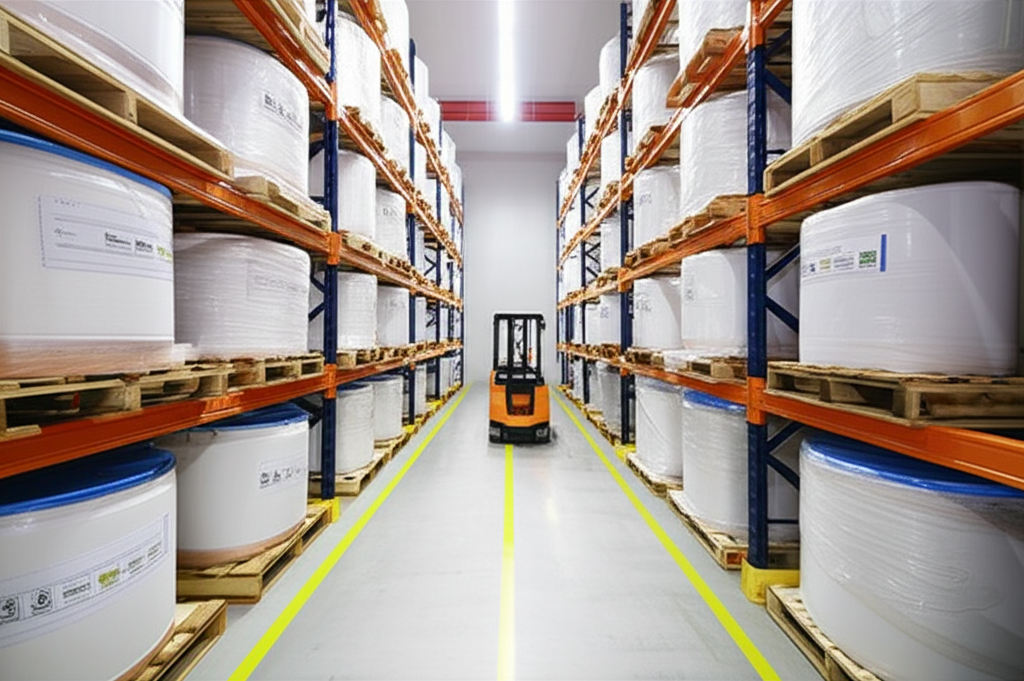In the intricate world of textile manufacturing, achieving pristine quality and consistent results is paramount. Every stage, from fiber preparation to final finishing, relies heavily on the purity of processing water. However, water sources often contain dissolved metal ions, which, if left unchecked, can severely compromise the quality of textile products. This is where sequestering agents, also known as chelating agents, become indispensable. These specialized chemical compounds are engineered to neutralize the adverse effects of metal impurities, ensuring optimal performance throughout the textile production chain.
Metal ions like calcium (Ca²⁺), magnesium (Mg²⁺), iron (Fe³⁺), and copper (Cu²⁺) are common contaminants in water used for textile processing. Hard water, rich in calcium and magnesium, can lead to the formation of insoluble precipitates with soaps and other chemicals, which then deposit onto fabrics. This results in uneven color absorption, dull shades, and a harsh feel, creating significant quality control issues. Furthermore, transition metal ions such as iron and copper can act as catalysts, accelerating the decomposition of crucial bleaching agents like hydrogen peroxide, leading to localized fabric damage and reduced bleaching efficiency. Without effective management, these impurities cause dyeing defects, increase material waste, and escalate overall production costs.
Sequestering agents operate through a fascinating chemical process called chelation. They possess a unique molecular structure that allows them to "capture" or "lock up" polyvalent metal ions by forming stable, soluble ring-like complexes. Once chelated, these metal ions are rendered inactive and prevented from reacting with dyes, auxiliaries, or fibers. This mechanism ensures that the metal ions do not interfere with critical chemical reactions, thereby maintaining the integrity of the process bath and the quality of the textile material. The chelated metal ions remain suspended in the solution and are effectively rinsed away with the exhaust liquors at the end of the operation.
The strategic application of sequestering agents yields a multitude of benefits across various stages of textile processing:
A diverse range of sequestering agents is available, each with specific properties suited to different metal ions and processing conditions. Common types include aminopolycarboxylates like EDTA, which are highly effective for a broad spectrum of metal ions and stable under alkaline conditions, and phosphonates, known for their strong chelating action. Selecting the appropriate agent depends on the specific type and concentration of metal ions present in the water, as well as the particular textile application. Many modern formulations are also designed with environmental sustainability in mind, offering biodegradable options that align with green manufacturing practices.

For textile manufacturers and suppliers seeking reliable solutions, understanding the critical role of sequestering agents is key to achieving consistent quality and efficiency. When looking to buy or purchase these essential chemical auxiliaries, consider partnering with a trusted source that prioritizes both performance and environmental responsibility. Competitive price options are often available for bulk orders, ensuring you get the best value for your textile processing needs.
Manufacturing Facilities






Professional Export Experience
to Global Customers

1. 20 years of R&D, manufacturing and sales experience, serving customers in 60 countries and regions around the world;
2. Own R&D laboratory, pilot platform and large-scale production workshop, which can meet the audit requirements of global customers;
3. We can satisfy customers' perfect transition from small scale lab requirements (gram level) to commercialization requirements (hundred tons level).
A: We don't have Minimum Order Quantity, exact quantity should be provided before quotation for us to calculate the exact cost.
A: We don't provide free samples due to lots of request and expensive international courier's cost, we can deduct the sample charge after commercial order placed.
A: Our payment terms: Small or sample order: T/T IN ADVANCE. Commercial order: First order should be by T/T IN ADVANCE or L/C at sight, and following orders T/T 30~90days is acceptable subject to approval of credit application.